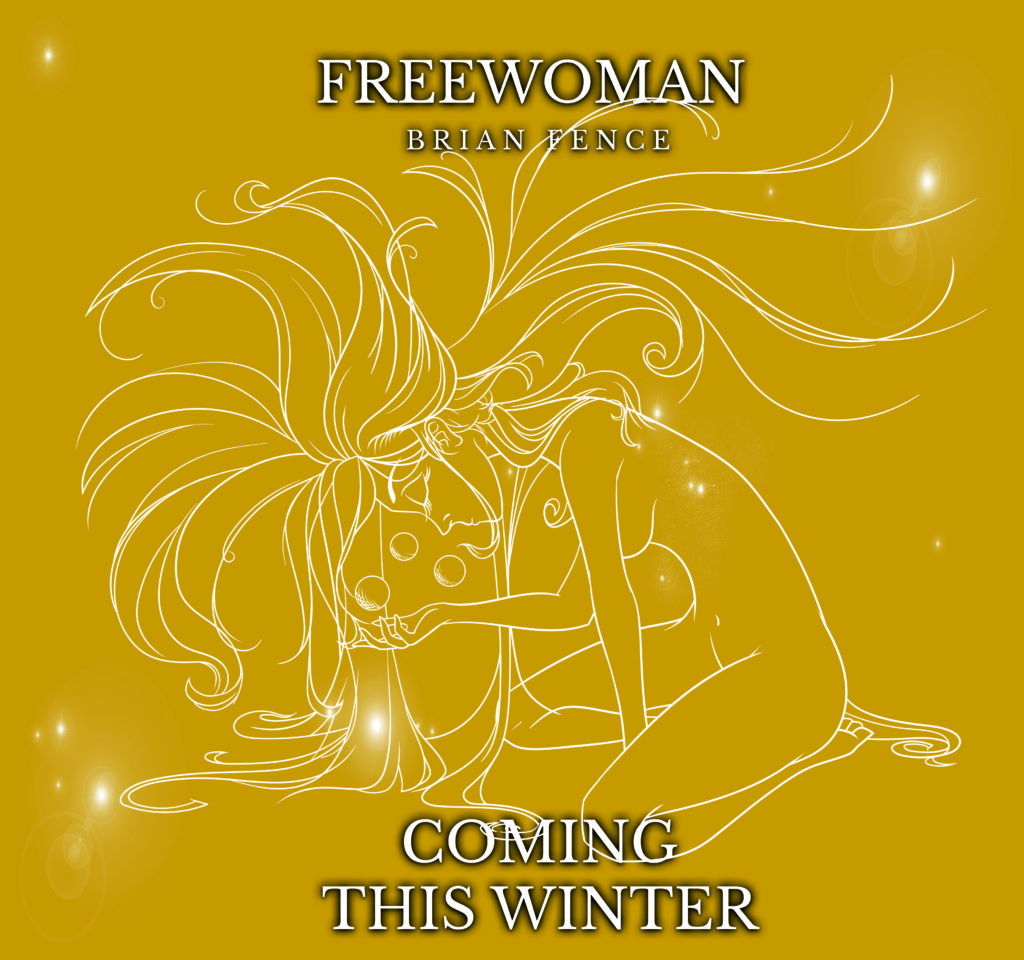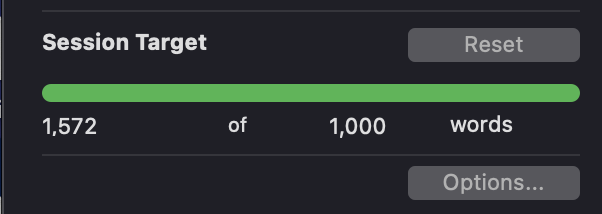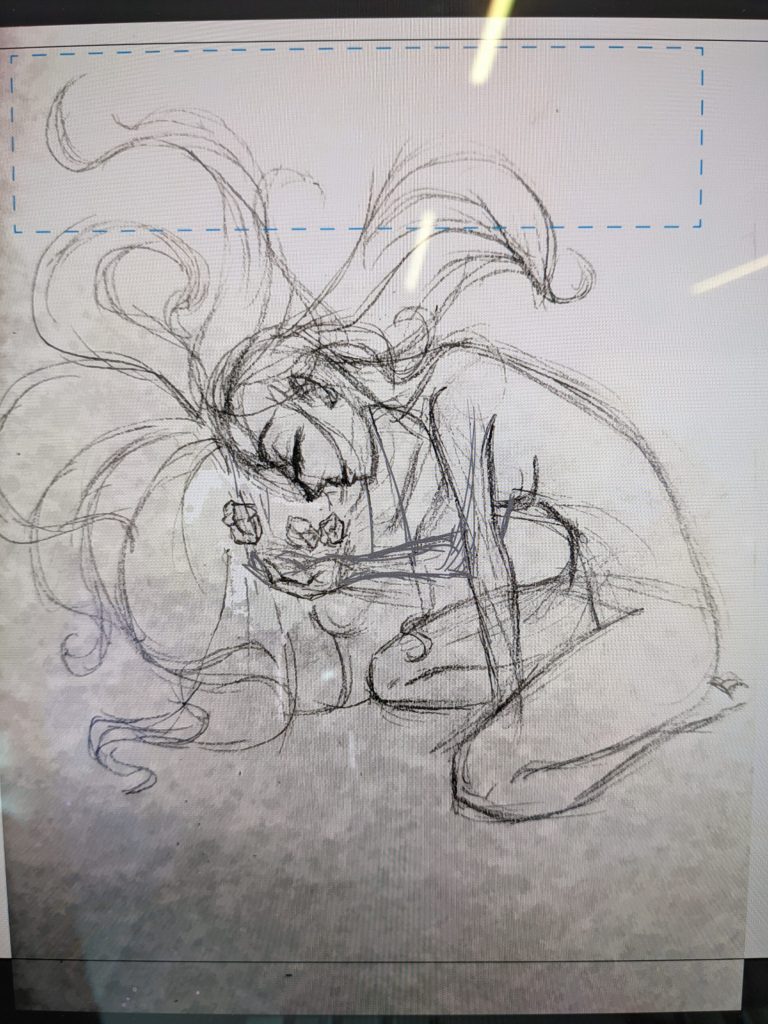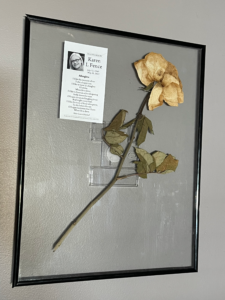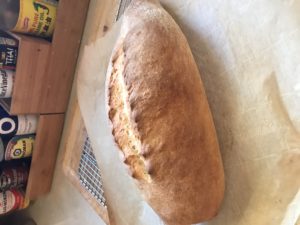Asbury Park Press
October 10, 2013
POLICE IDENTIFY LOCAL GIRL IN LATEST OF MURDERS IN OCEAN COUNTY
TOMS RIVER, NJ – A body recently discovered on Cattus Island has been identified as Kylie Graff, 19, of Brick Township. Police confirmed that the cause of death is massive head trauma, contrary to the original assumption that the victim died of blood loss from numerous lacerations on her shoulder blades.
The Sheriff’s Department has released a statement concerning the Press’ previous report of two, word-like wounds carved into the flesh on the victim’s abdomen: MALK ELHM. The Press initially identified this as a shortening of mal’ak Elohim, a Hebrew phrase from the Old Testament translating to “angel of God.” Reporters who had access to the initial crime scene photographs and police reports have been subsequently placed on leave.
“These markings are not words,” Sheriff Benjamin Shigo states. “There is no reason to believe this crime is related to religion or these flesh carvings anything more than gibberish.”
Graff’s death follows the pattern of a number of murders in the area over the past two years. Much of the press coverage has been stymied due to massive layoffs and lack of access to eyewitnesses: reports end up missing or deleted, and witnesses’ phones are no longer in service.
One witness to a prior murder, Mrs. Marjorie Redgully, 72, told the Press she noticed a young man fitting the description of Nathan Parks, 16, being escorted into the woods near her trailer home in Manchester Township by a “tall, naked man, with bumpy shoulders” and “long, long white fingers.” Parks was the last body to be recovered before Graff’s; details on the state of his body upon discovery are no longer available for unknown reasons.
The man’s description coincides with a statement from Bruce Graff, Kylie Graff’s father. According to Graff, the night before Kylie disappeared he received a selfie of Kylie and a stranger who was a very “tall man” but “so blurry” features were hard to determine. The photo was sent from the number corresponding to Kylie’s cell phone. Neither Graff nor Redgully were available for comment as of this article.
APP was fortunate enough to receive a print of the photograph before it was confiscated by government officials who stated its content was “dangerous to the public.” In it, Kylie is smiling smiling and is accompanies by a mala man-like figure whose shape was too blurry to describe except for sharp spear-like fingernails. The area the man occupies in the phototo appears to be overexposed under over overexposed, but I we all at APP think that that words have MEANING or else they are not words and the police are LYING PIG SCUMMM
Police were not available for further comment on this statement.
We will continue to repor ton this series of irregulAr eveNts as we receive future developments but that picture is very hauntinG to to to see on a personal level evEn with my 20+ years as profess profess professional journaLiSt redact redact redact do not look before time is nigh
please redact redact the HUNTING malakredactmal’ maldu4u84dsssssss“““`
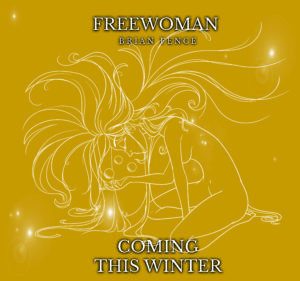 Isn’t it lovely? We can thank the truly wonderful Marissa Morris for her creativity and consistency across all three novels. Speaking of Freewoman, I’m chopping away and editing it together bit by bit. Winter is coming.
Isn’t it lovely? We can thank the truly wonderful Marissa Morris for her creativity and consistency across all three novels. Speaking of Freewoman, I’m chopping away and editing it together bit by bit. Winter is coming.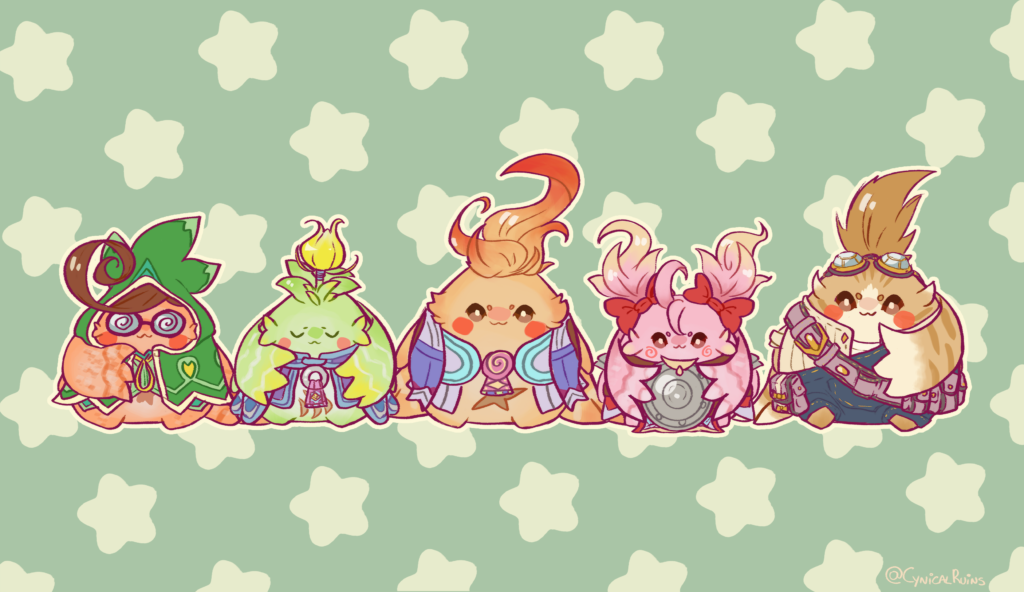 I just can’t get enough of these cute little buggers.
I just can’t get enough of these cute little buggers.